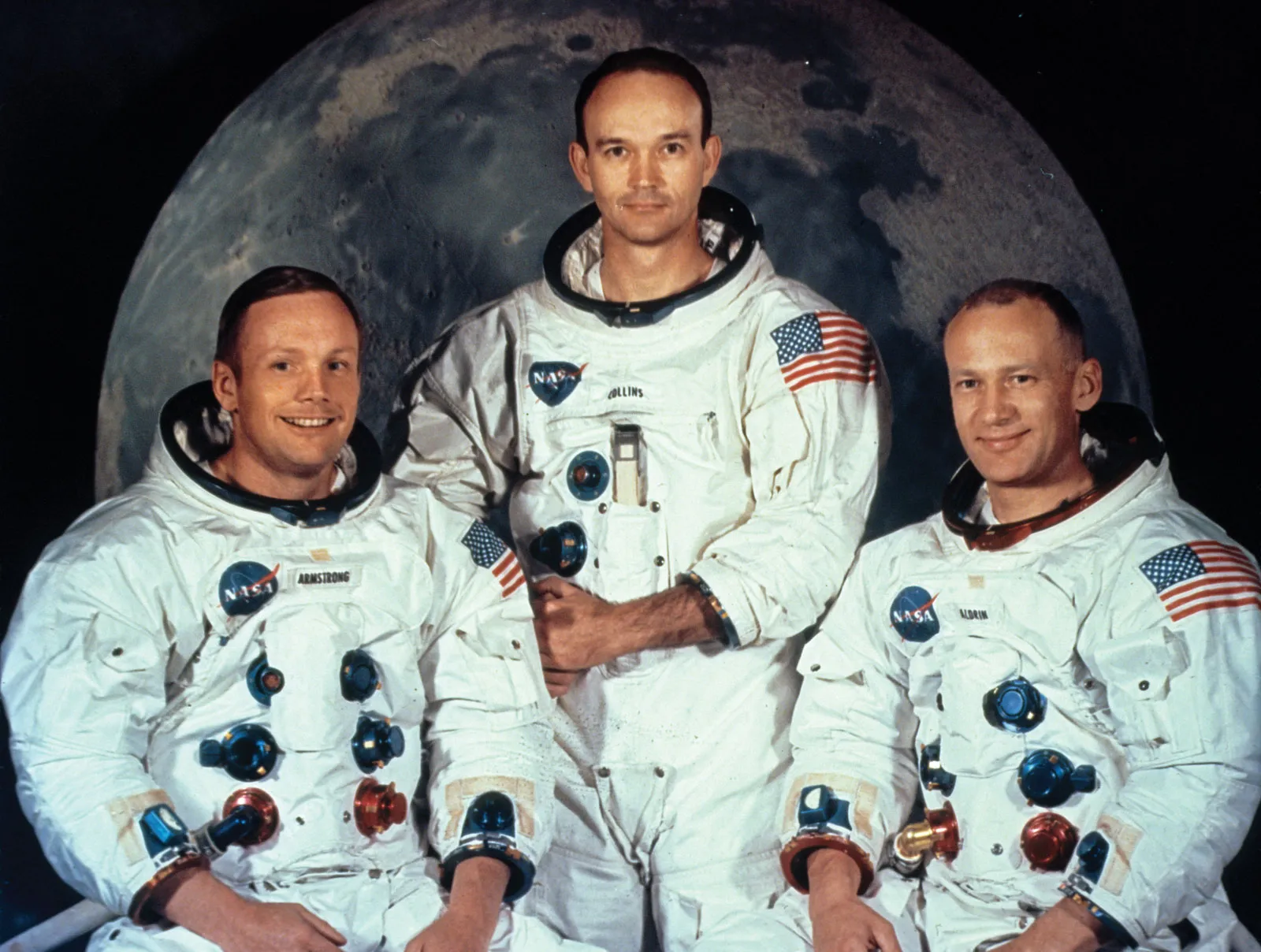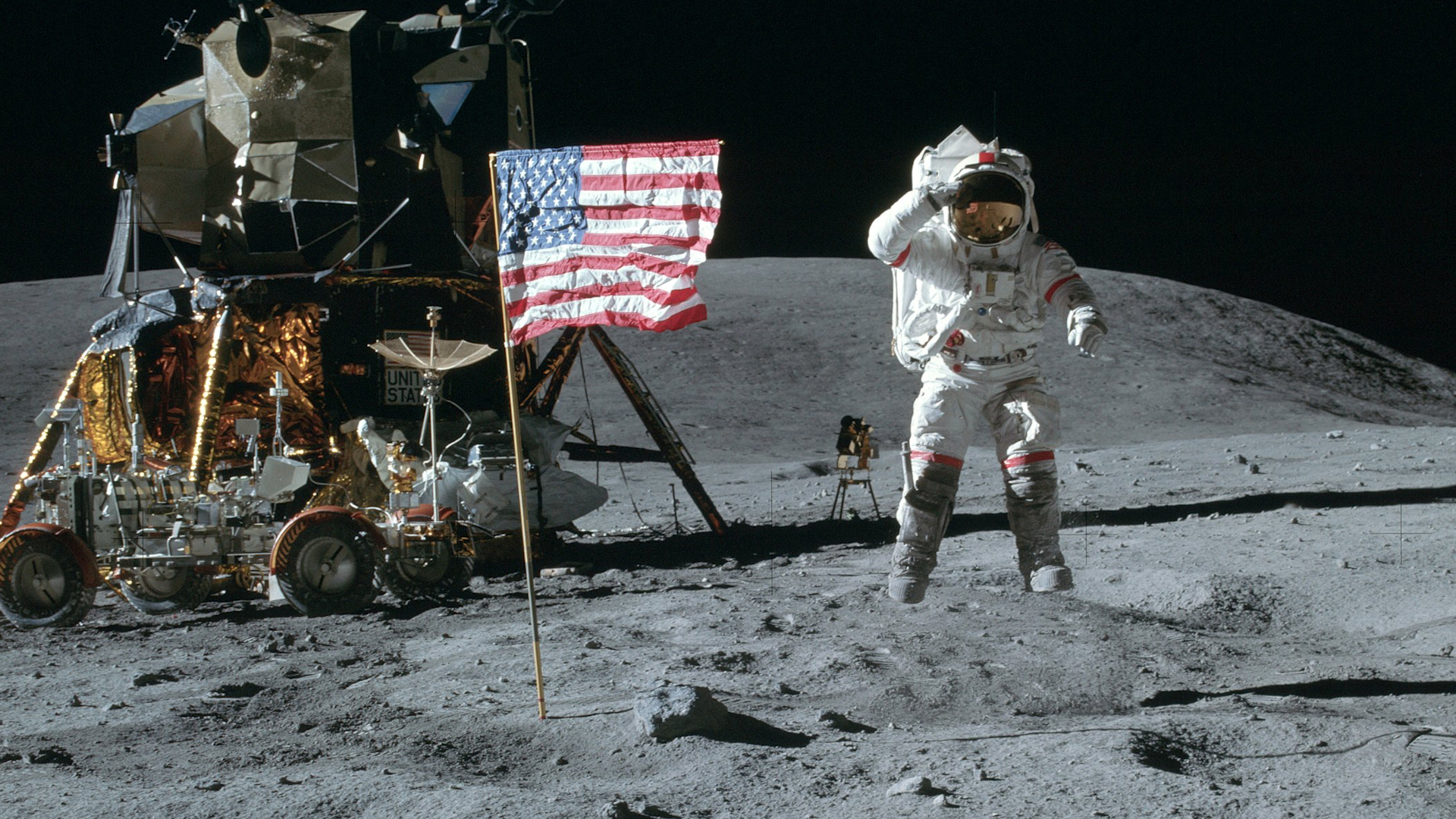On July 20, 1969, the world watched in awe as Apollo 11, the first mission to land humans on the moon successfully touched down on the lunar surface. Astronauts Neil Armstrong and Edwin “Buzz” Aldrin became the first people to step onto the moon, while astronaut Michael Collins orbited above in the command module.

The mission had been years in the making, with NASA investing significant resources and manpower into developing the technology and training the astronauts necessary for a successful moon landing. The journey to the moon was not without its challenges, including a lunar module’s guidance computer malfunction and a fuel shortage scare. Still, the ingenuity and perseverance of the team on the ground and in space ensured a safe landing and return to Earth.
Armstrong’s famous words as he stepped onto the moon’s surface, “That’s one small step for man, one giant leap for mankind,” captured the significance of the achievement for humanity as a whole. The moon landing demonstrated the power of collaboration, innovation, and exploration, inspiring generations to dream big and push the boundaries of what is possible.
The success of the Apollo 11 mission marked a significant milestone in human history, but it also reflected the broader political and social context of the time. The Cold War was in full swing, and the moon landing was seen as a victory for the United States in the space race against the Soviet Union. The mission also served as a symbol of American exceptionalism and technological prowess at a time when the country was grappling with issues of civil rights and social justice.
In the decades since the first moon landing, the legacy of Apollo 11 has continued to inspire and inform scientific research and exploration. NASA has sent numerous missions to the moon and beyond, collecting valuable data and insights into the mysteries of the universe. Private companies and other countries have also entered the space race, with a renewed focus on lunar exploration and the potential for establishing a permanent human presence on the moon and beyond.
As we look back on the first moon landing, it is clear that the mission was much more than just a technological feat. It was a testament to the power of human ingenuity, collaboration, and determination to reach for the stars. And it serves as a reminder that, even in the face of daunting challenges and seemingly impossible goals, we have the ability to achieve great things when we work together and never stop reaching for the stars.

Leave a Reply